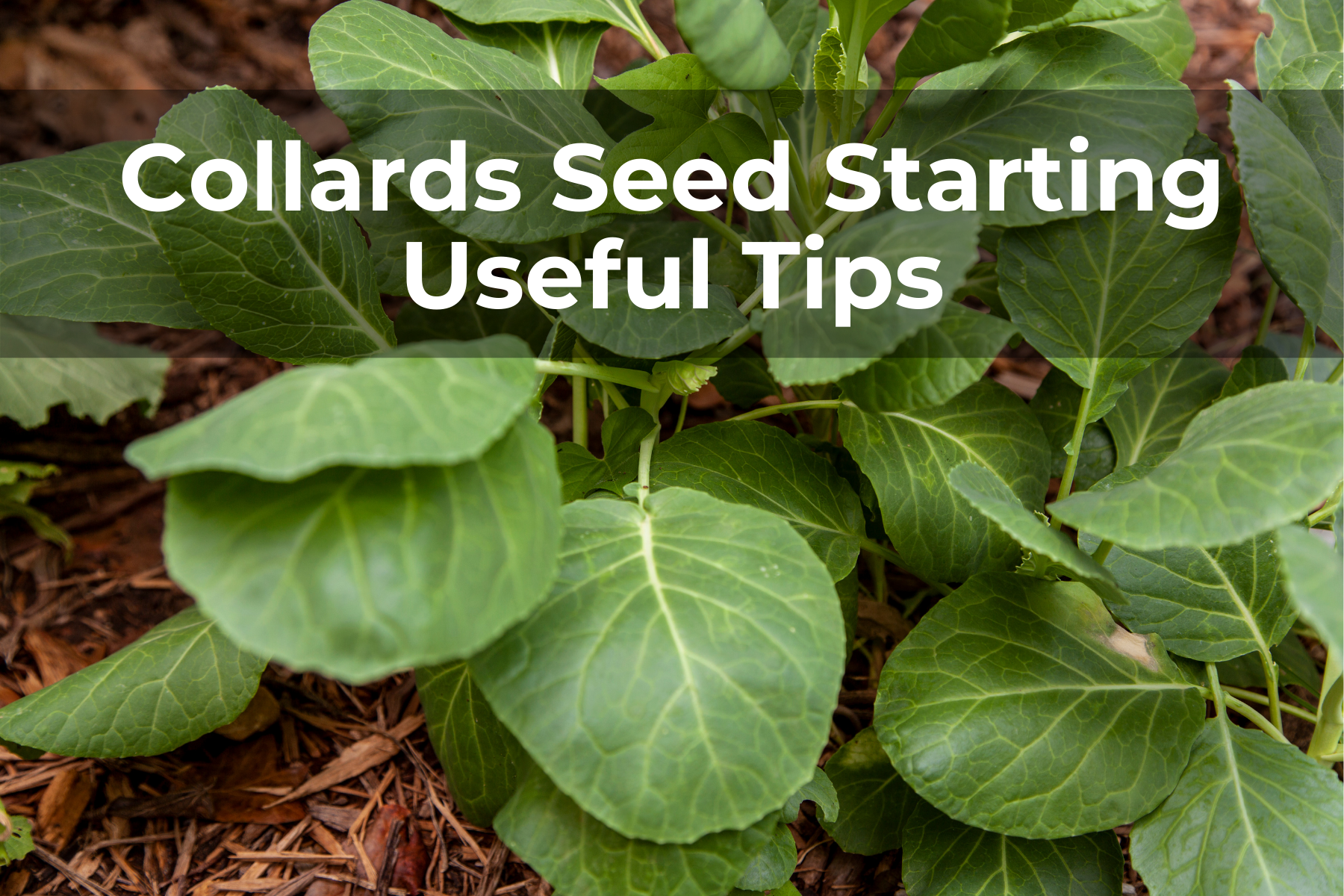Last Updated on October 8, 2022 by Real Men Sow
Collards are a cool-season crop. Collards can tolerate frost up to 25°F (-4°C) in temperatures between 65°F and 75°F (18-24°C). For a late spring harvest or early summer harvest, collards can be planted in the late winter or early spring if summers are hot in your area. For a late summer or fall harvest in cooler areas, sow your collards in the middle to late spring. For a late autumn or early winter harvest in hot summers, sow seeds in the middle of the season.
Collards are extremely hardy and taste best when they have been frost-bitten. When you plant collards, make sure they are harvested in cool weather. Collards mature in approximately 80 days, depending on their variety.
Tips on Sowing and Planting Collards
Start collards by planting seeds or transplants. Collard seeds can be cultivated for up to 4 years. You can start seeds indoors six to four weeks before the last frost of spring, or 12 to ten weeks before the first frost of fall.
Start seeds in small pots or flats. In the seed-starting mixture, sow seeds 1/4 to 1/2 inch (6-13 cm) deep. Mixture should be kept moist, but not too wet. Collard seed will germinate in five to ten days at a temperature of 75°F (24°C) or higher.
Transplanting Collards
When they reach 4 to 6 inches (10-15cm) in height, with 2- to four leaves and daytime temperatures reaching 50 degrees Fahrenheit (10c C), transplant them into the garden. Prefers soil pH between 6.0 and 7.5.
Transplants should be planted slightly deeper than what they were in flats or pots. For best results, grow collards in full sunlight. You can tolerate partial shade. Before planting, add 3 to 4 inches of compost and well-aged animal manure. Collared plants need moisture-holding, friable soil.
Interplanting: Plant collards with green onions, beets and peas.
Spacing
Avoid planting cabbage crops that have been grown in recent years. Plants should be spaced 18-20 inches (45-50cm) apart in all directions. Place rows 24-42 inches (60-106cm) apart.
Container Growing: One plant can grow in a 10-inch (30 cm) pot that is 12 by 30 cm deep.
Winter Protection and General Care for Collards
Cover seedlings with a cloche, plastic tunnel, or cold frame to protect them from the cold for up to three weeks after they are planted. Fertilize at half strength with organic fertilizer, such as fish emulsion. Common pest enemies include aphids as well as cabbage worms and loopers and cabbage worms.
Collards Planting Calendar
For Spring Harvest:
Start seeds indoors 8-7 weeks before the last frost of spring. Direct-sow seeds in your garden 8 to 6 weeks before the last frost in Spring.
4 to 3 weeks before the last frost in spring, direct-sow seeds in your garden without covering; the minimum soil temperature should not exceed 40deg. Transplant seedlings in the garden 1-2 weeks before the last frost of spring.
For Fall and Winter Harvest:
Start seeding indoors 16-14 weeks before the first frost of fall. Direct-sow seeds in your garden 14-12 weeks before the first frost in autumn. Transplant seedlings in the garden 12-8 weeks before the first fall frost.

